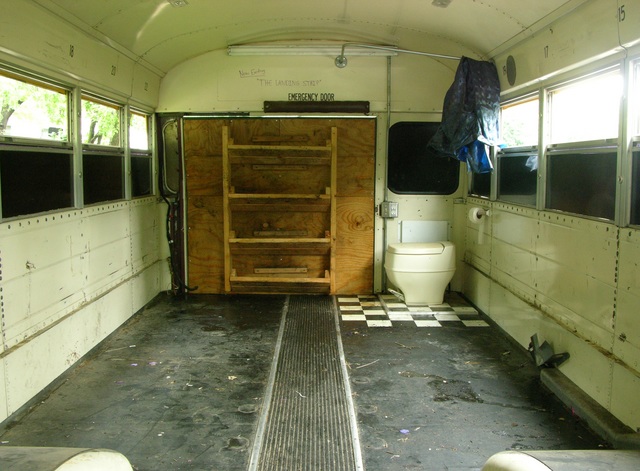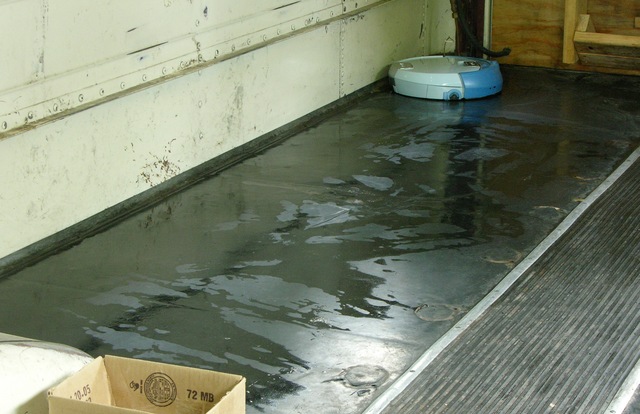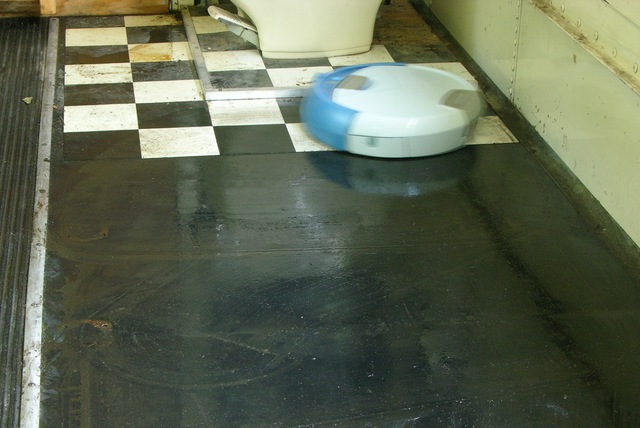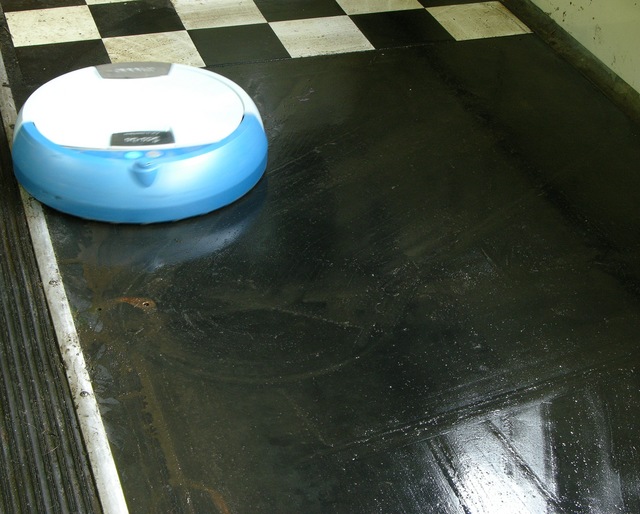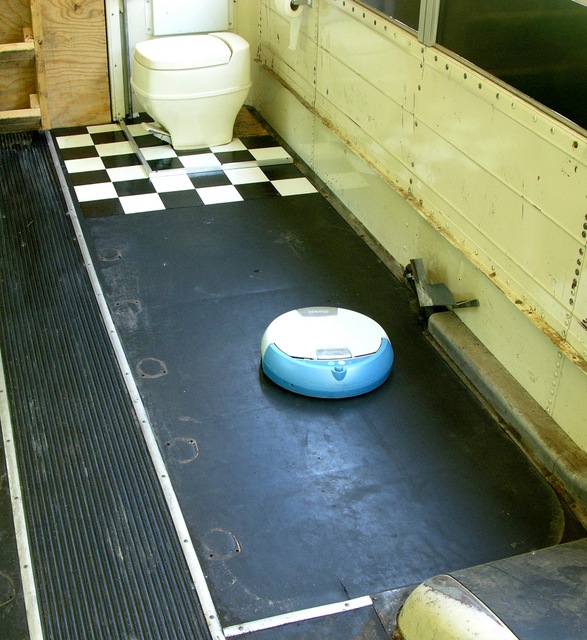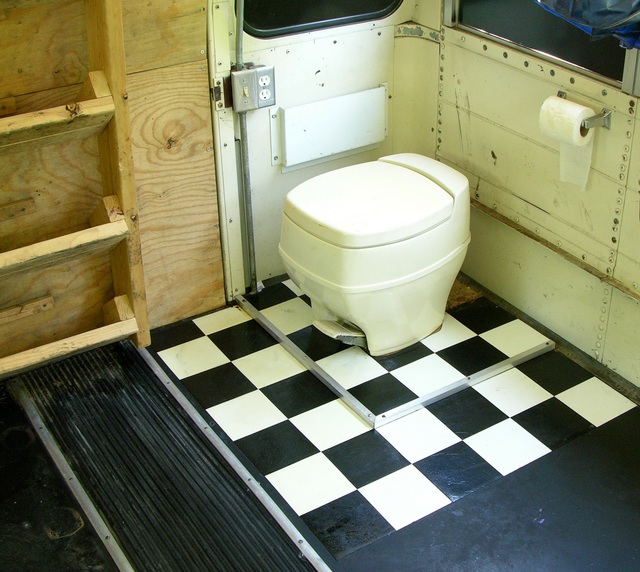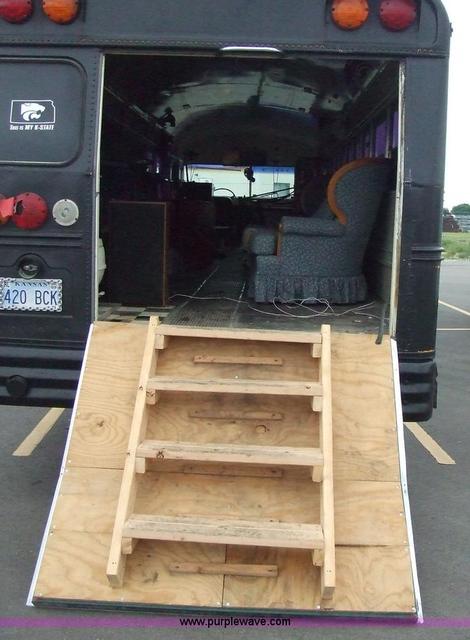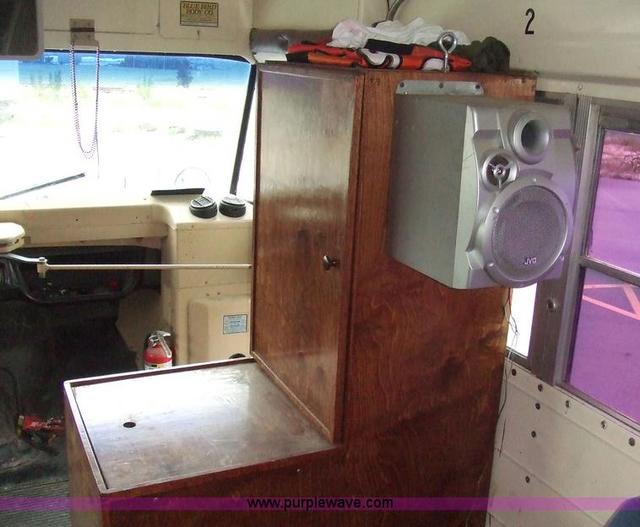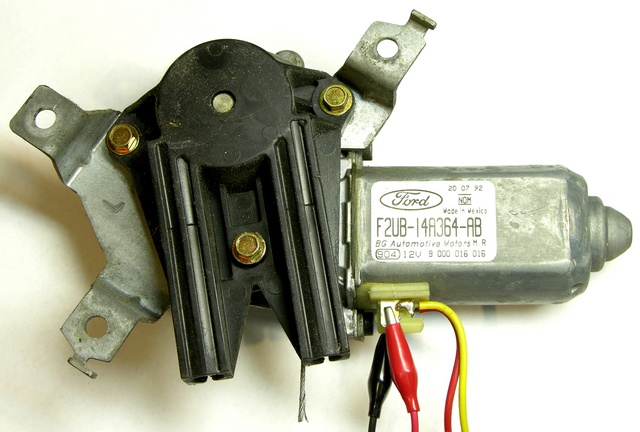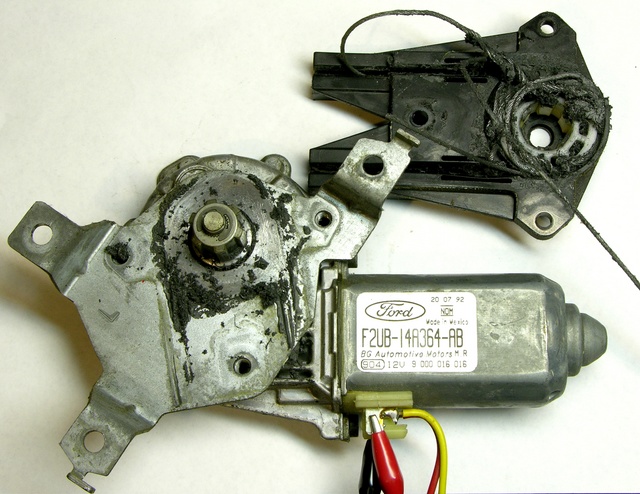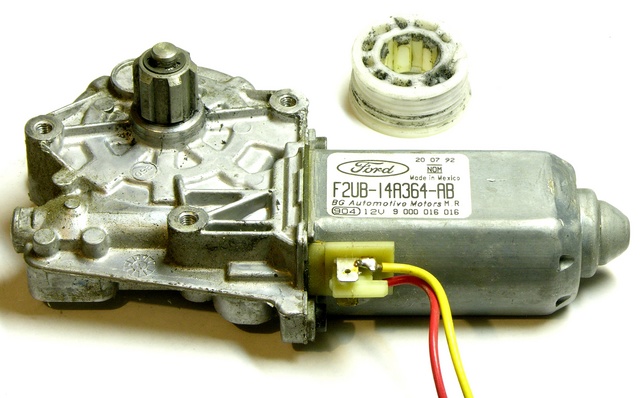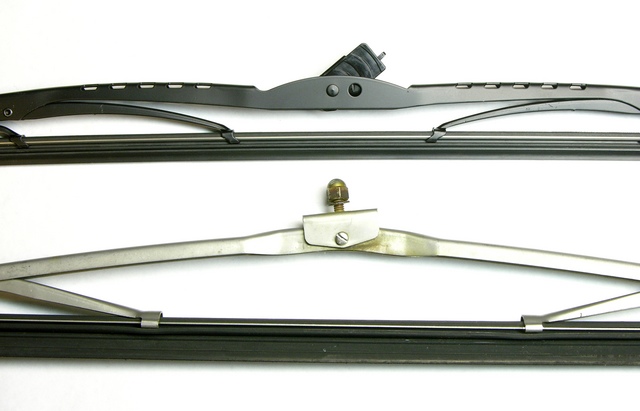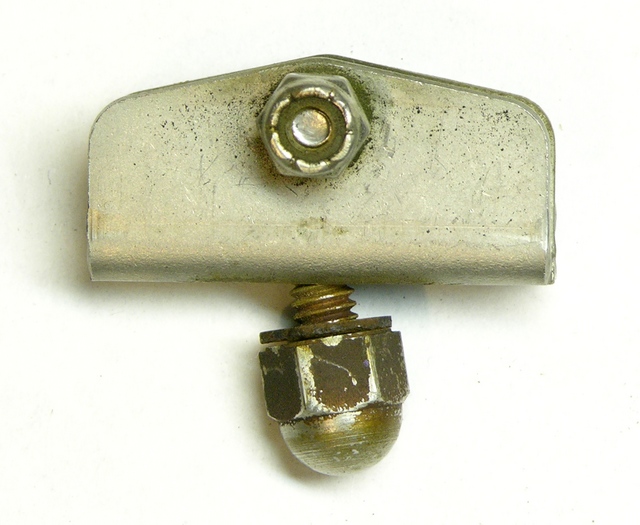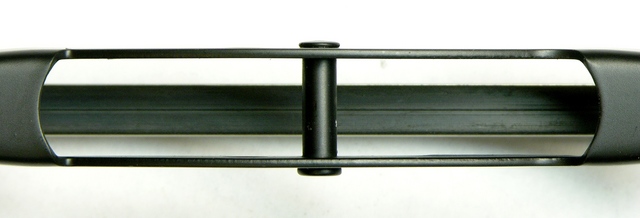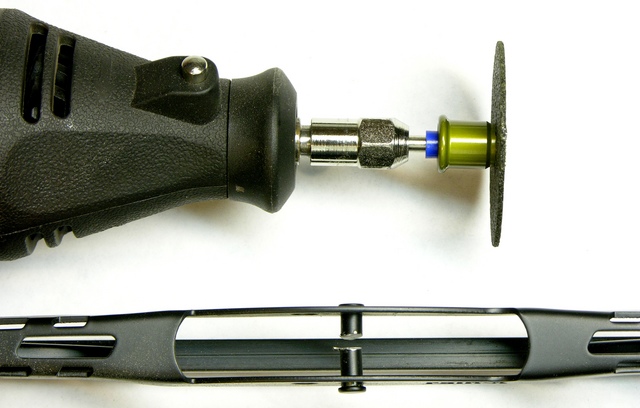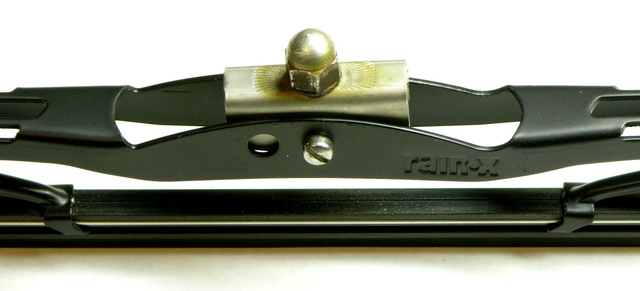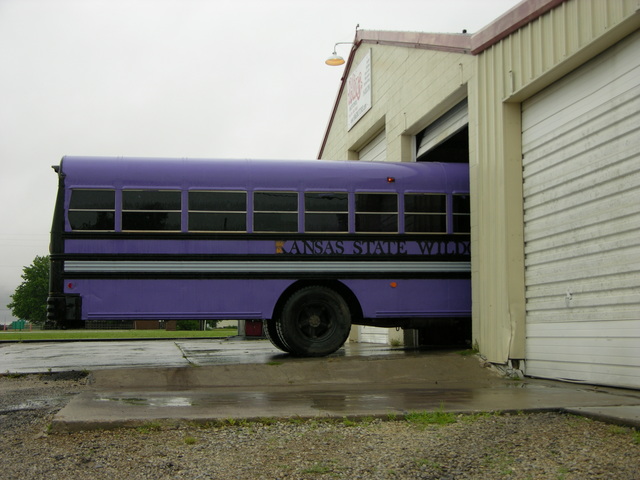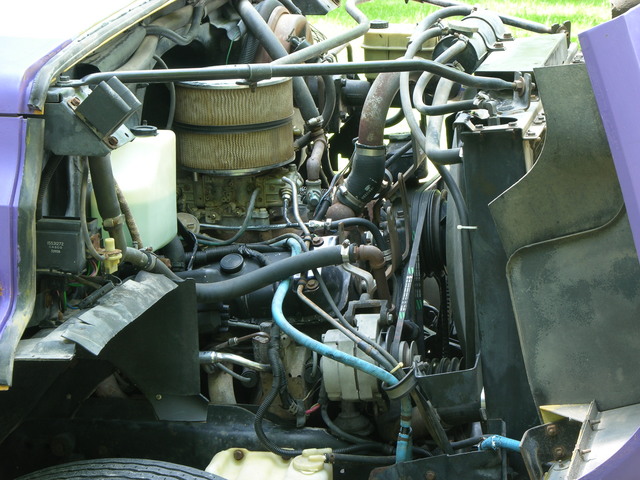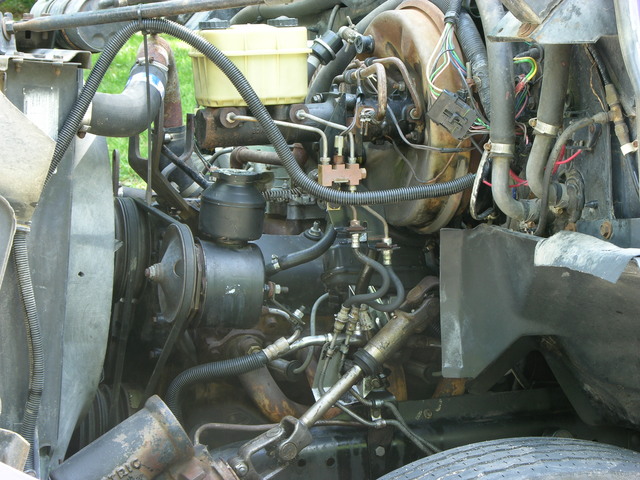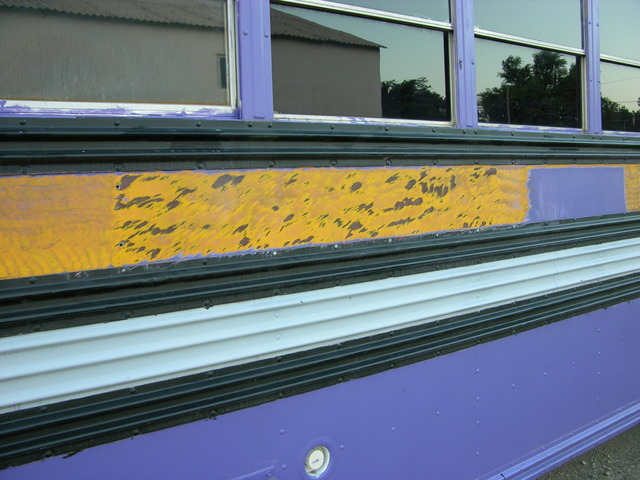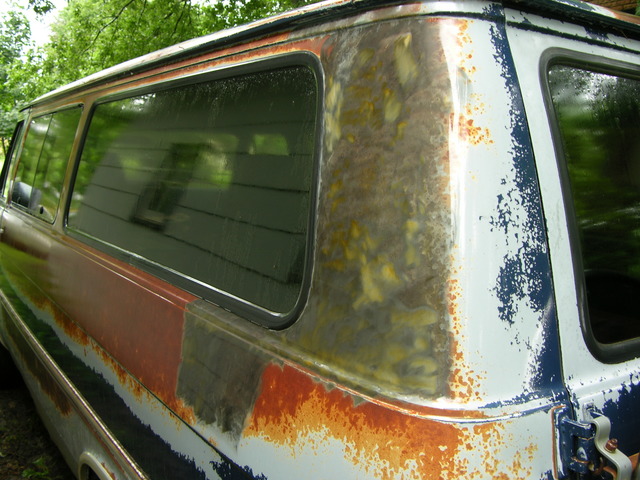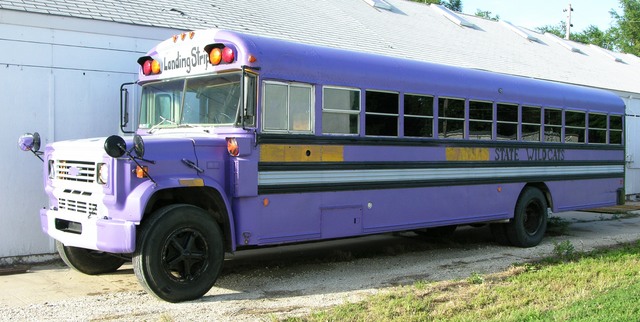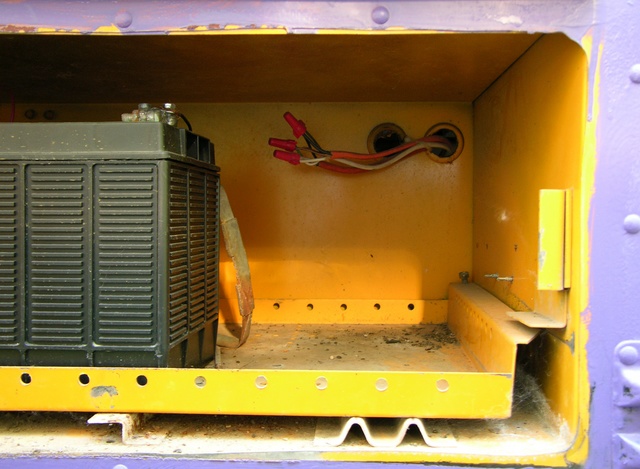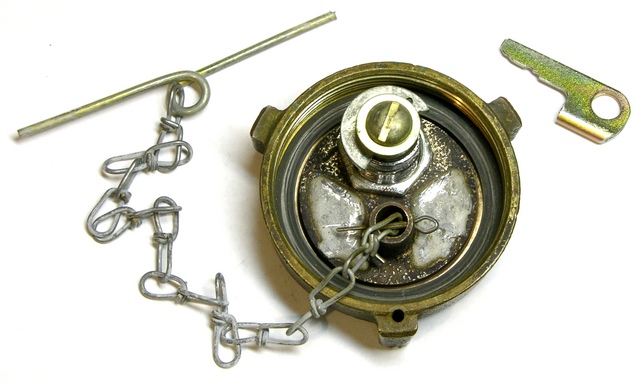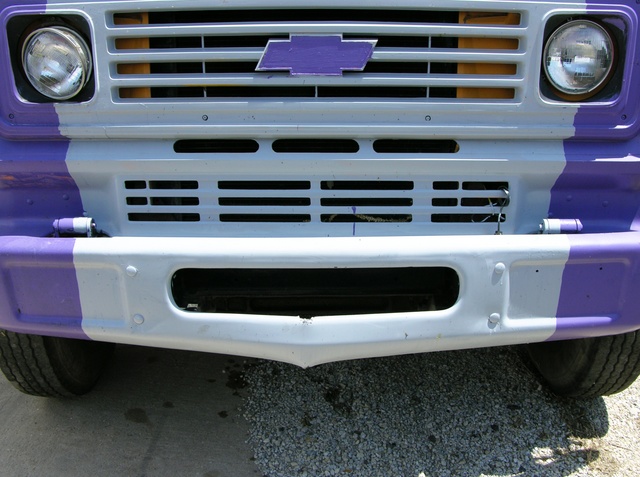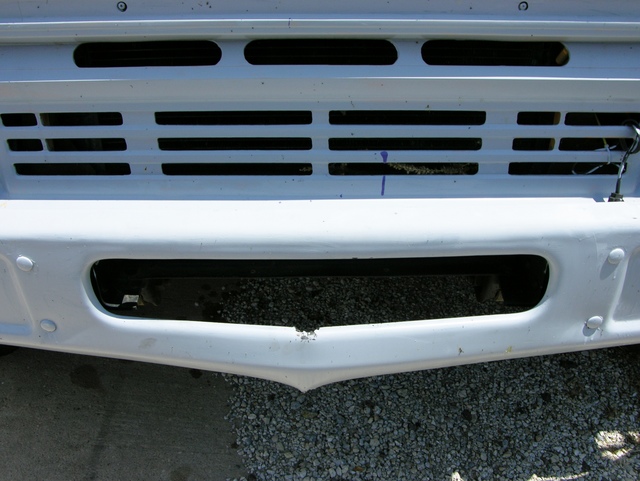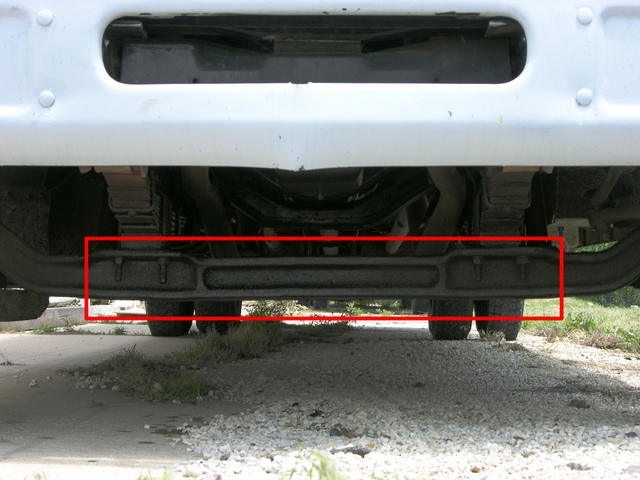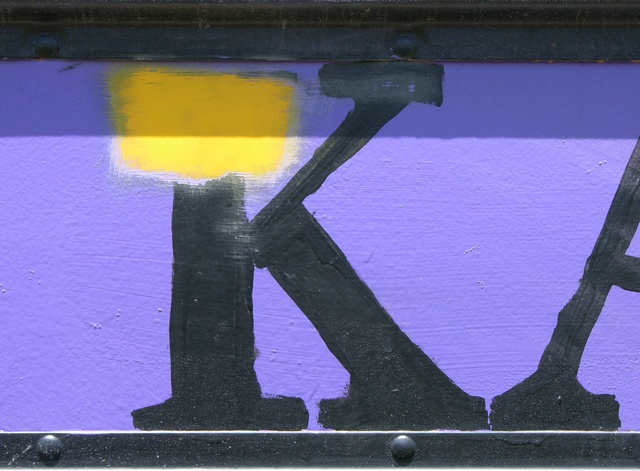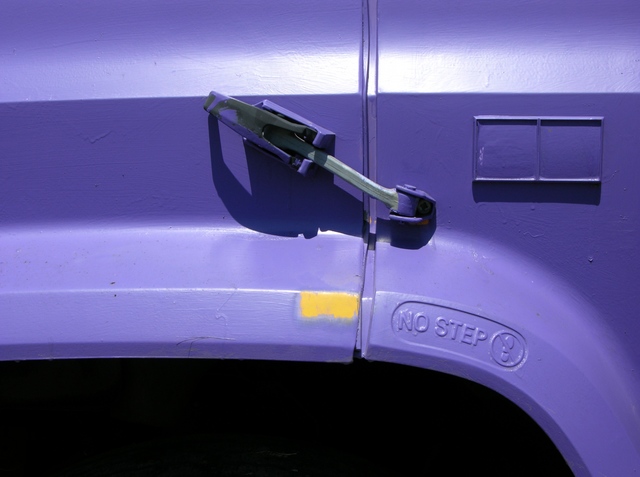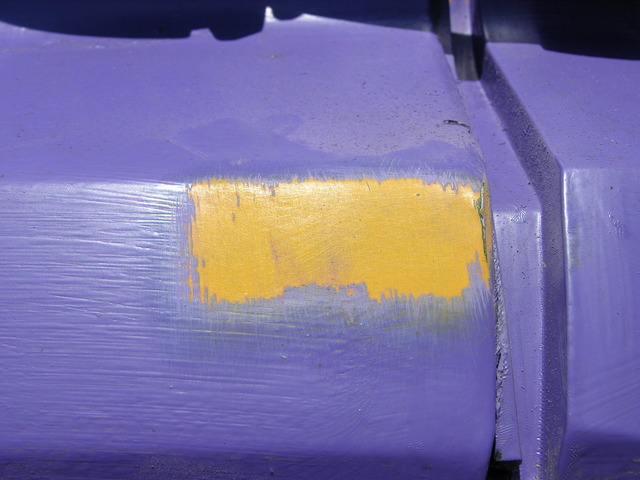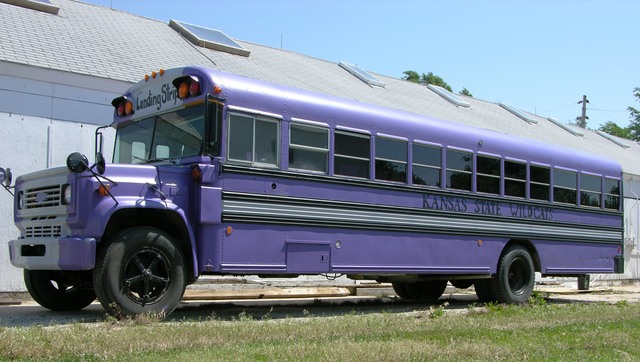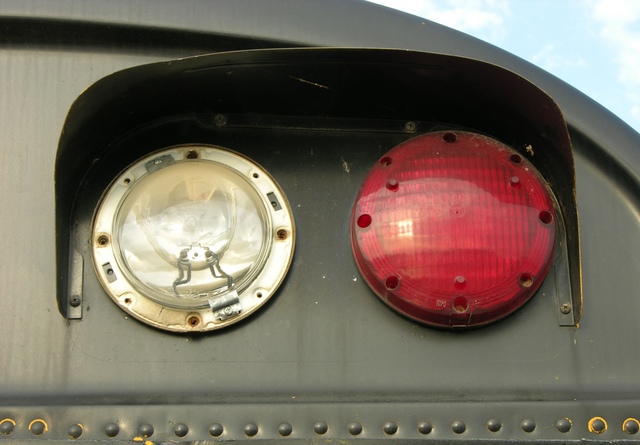It’s been a wet week, with particularly heavy rain and strong winds on Monday night. When I went to work on the paint Thursday, I saw that my 30-day tag was missing, having softened in the rain and torn off in the wind.
My wife and I looked all over the area and couldn’t find it, so I arranged to go in late to work Friday so I could go to the courthouse and get a replacement tag so I could go to the dump Saturday and get the bus weighed so I could go to the courthouse next week and title the bus with an accurate weight.
I just happened to have a little extra time Friday morning before the courthouse opened, so I dropped by my brother’s house to give him a heat gun he had asked for that it turns out he had already bought himself. (No problem; I expect I’ll be going through several in the near future.) And it also turns out he found my tag, saved it for me, and forgot to mention it. Thanks, bro! 
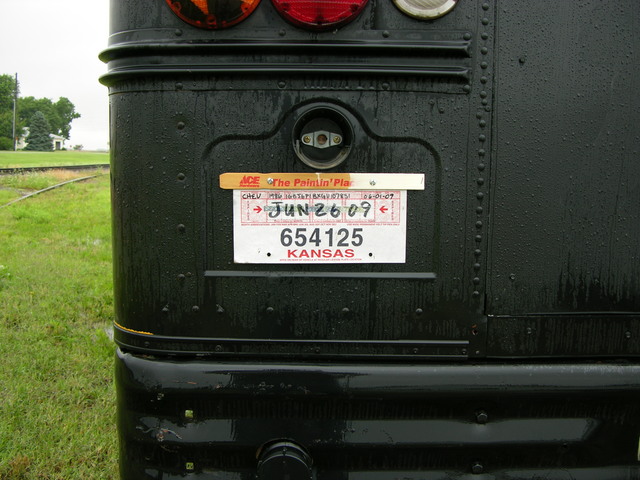
I reaffixed it this morning, using washers to keep the paper from tearing off again.
Only One Leak???
It’s raining again. (Oh will my heart ever mend.)
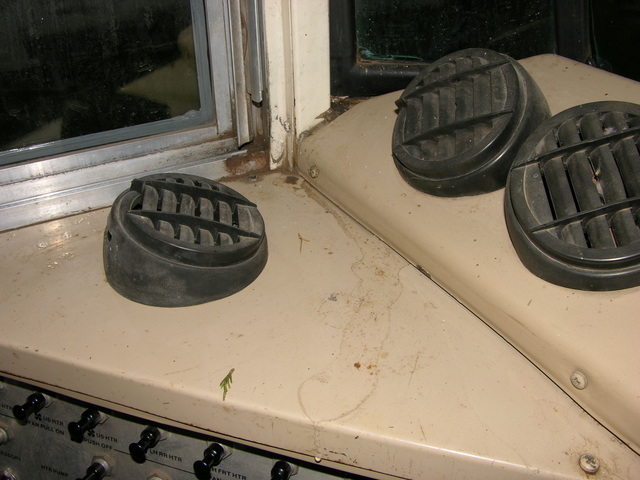
Found this on the console by the driver’s side window, and no other leaks. Of course, the bus still has enough filth and spills inside it’d be hard to spot more leaks right now; but if this is all there is, it seems pretty manageable.
To the Dump, to the Dump, to the Dump-Dump-Dump
Jonathan and I took the bus to the dump this morning to dispose of the worst couch and chair. I confess that there may have been slightly more celebratory rolling of furniture out of the back of the bus than was strictly necessary in order to get said furniture over to the big green dumpster.
We arrived early when there weren’t many other people at the dump yet — apparently the second load of the day — and the attendant seemed amused and chatted a while about my plans for the bus. Good conversation starter.
With Jonathan in the bus and me on the scale outside the bus, the total weight was 14,700 lbs. Figure 200 lbs each, so 14,300 lbs for the bus itself, including a full tank of gas (400 lbs) and no water (as far as I can tell) in the tanks.
Two different gals at the courthouse were looking up similar VINs for me and coming up with 7,200 lbs. I think they must have been looking at short buses. My family’s 1969 Ford Galaxie weighs 3500 lbs; I can see that a short bus could be two Galaxies and the long bus could be four.
More Cleaning
After returning from the dump, Jonathan and I unmounted and unloaded the cheap stereo speakers that were screwed to cabinets and walls, pulled out and discarded cheap speaker cable, and did general litter patrol. Big yellow bag for trash; small bags for recyclable plastic and metal. We left it ready to sweep and mop.
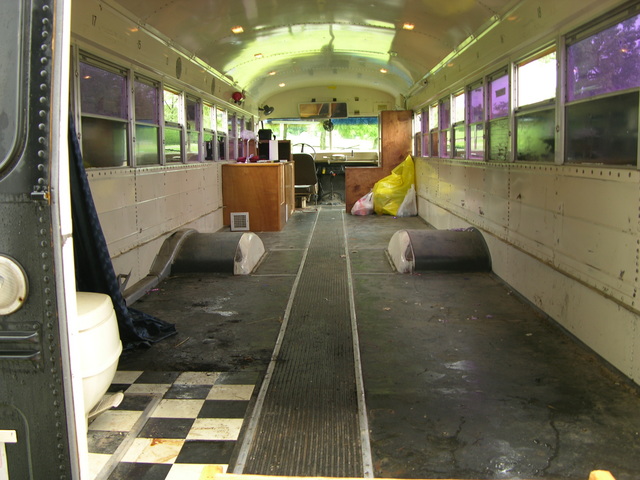
Here’s the forward view through the back door, with the floor in its full grotesquerie. The bright windows you can see through are the ones we opened to get a cross-breeze. Most of the dome lights work; those that don’t appear to have bad bulbs rather than bad wiring.
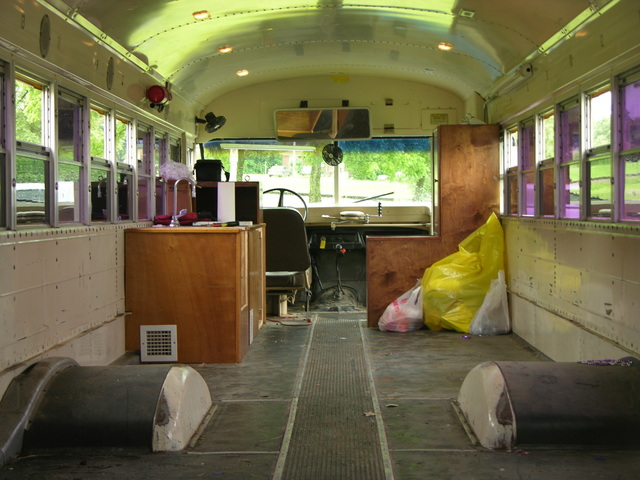
Forward half of the bus. The cabinet on the right needs to go and make way for a passenger chair (with seatbelt); but it’s bolted down and we didn’t have the right tools with us. The sink cabinet on the left needs to be replaced with something a little nicer, but it’ll do for now.
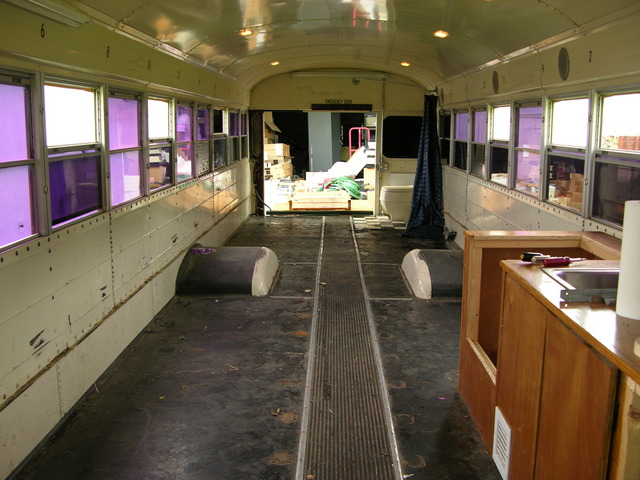
The interior looking rearward from the front, with the back door open.
I haven’t figure out yet whether the cutout in the counter was for a stove or refrigerator. The gas line inside it doesn’t necessarily answer the question — I’m learning that RV refrigerators can run on gas (or 12VDC or 120VAC).
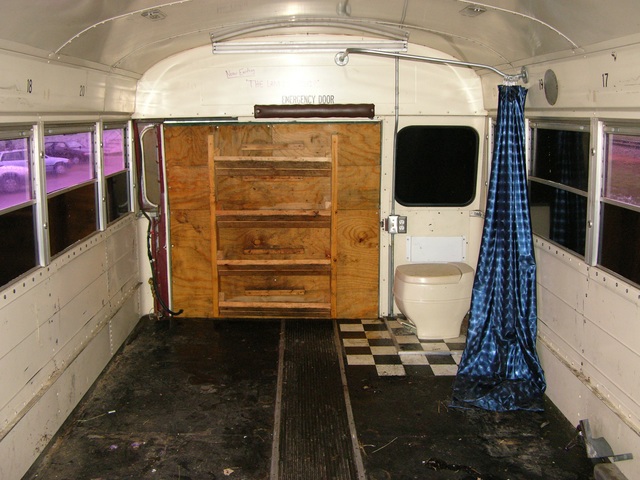
The back end with the door closed.
Easy Window Repairs
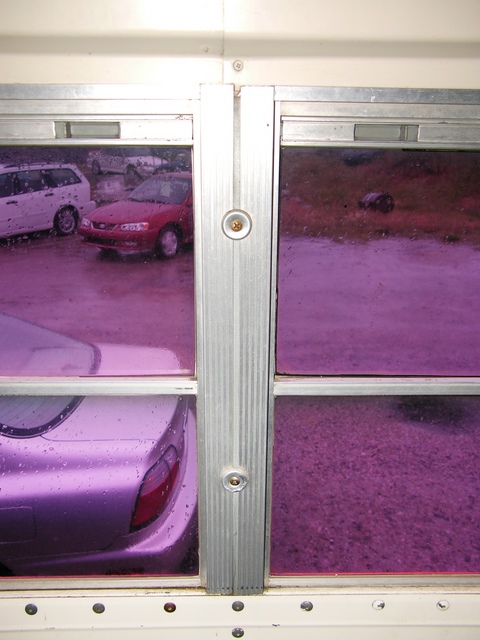
While I was fetching a nut driver for the speaker mounts, Jonathan took apart a window frame. He had it back together by the time I returned; but apparently the two screws come out, the adjacent frames lift off, and the windows lift out.
That’s encouraging to think of the ease of replacing the glass in broken windows and the ease of (eventually) replacing the windows with something that seals better and has a double pane for better insulating value.
Expenses
| $7 |
dump fee |
| $7 |
total for getting rid of nasty furniture and weighing the bus |
